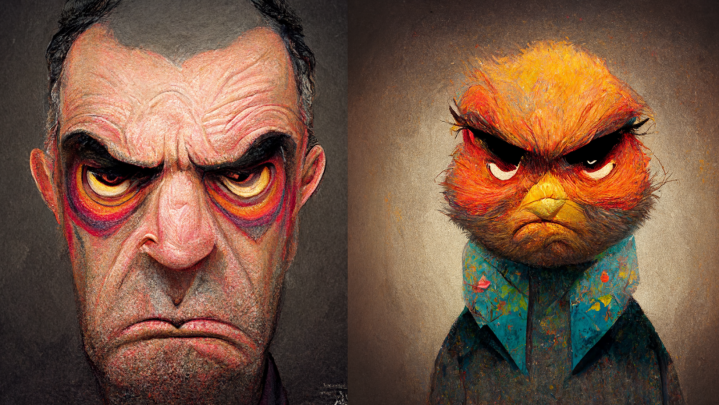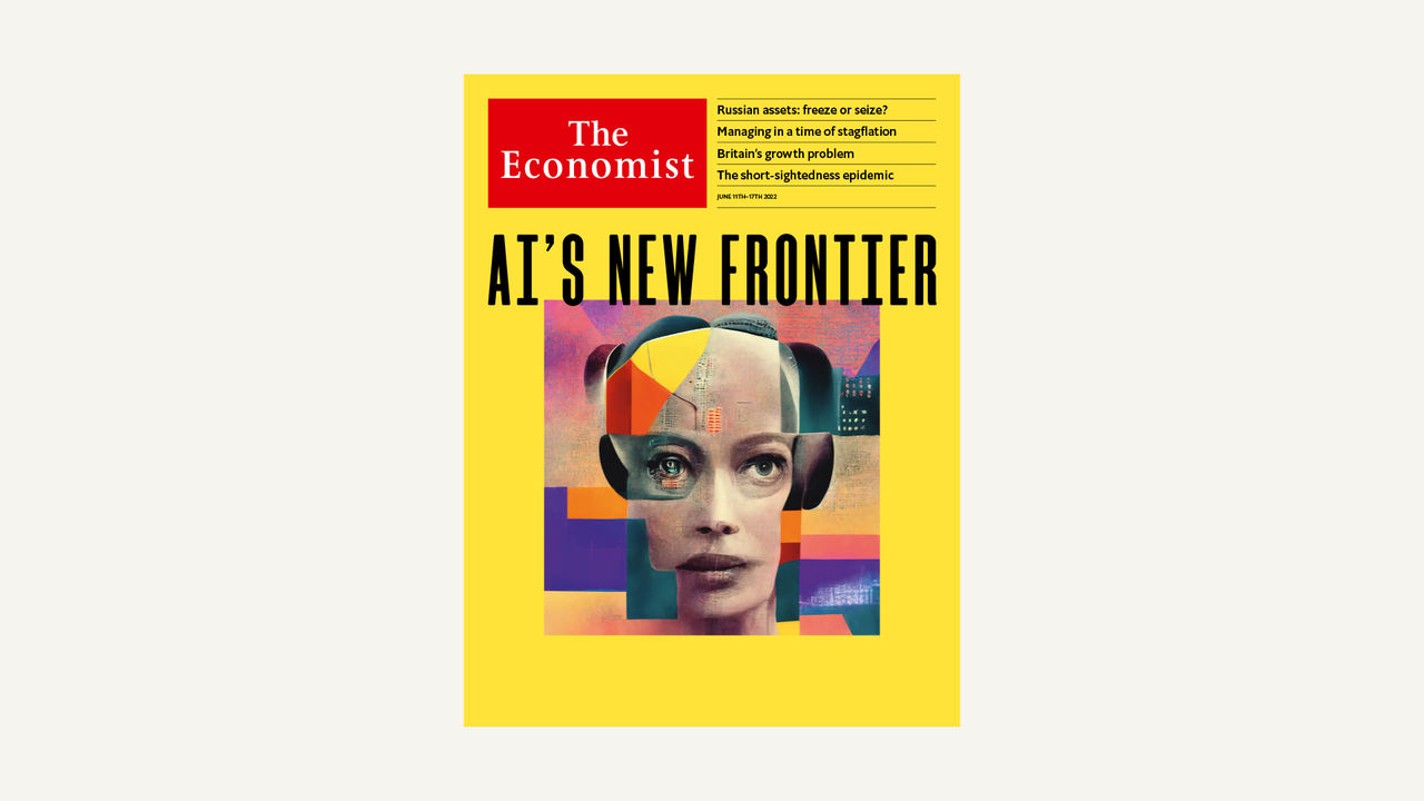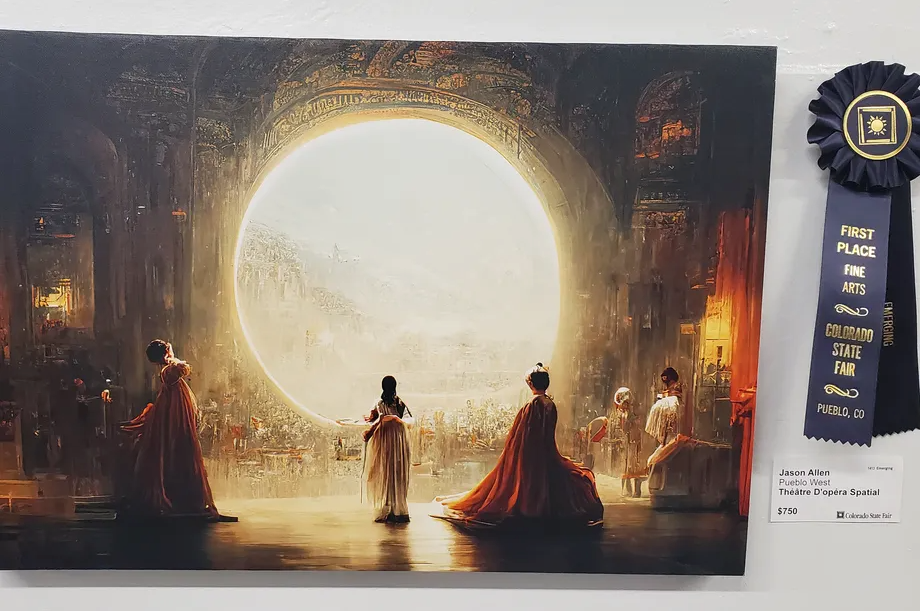Art-ificial Intelligence
An artwork created using artificial intelligence wins competition… and causes uproar

For the past 20 months since the initial release of DALL-E, an image generation artificial intelligence software, artists and illustrators have raised concerns about the software’s potential risks. The conversation is only getting more heated, as newsrooms and would-be artists dabble in AI-generated images.
Back in April 2022, when artificial intelligence research laboratory OpenAI announced DALL-E-2, the second and more refined iteration of its artificial intelligence “system that can create realistic images and art from a description in natural language”, a lot of concerns arose over what the technology might mean for artists and designers. The machine learning system has also been criticised for its bias, such as showing mostly images of white men, sexualising women, and showing mostly images of non-white people when prompted for an image in a negative context. However, OpenAI has noted this and worked to remove the bias in its image results.
DALL-E-2 is in its beta phase, and not yet totally available to the general public. Anyone looking to use it has to sign up on a waitlist. On 20 July, OpenAI announced it would “invite one million people from our waitlist over the coming weeks. Users can create with DALL-E using free credits that refill every month, and buy additional credits in 115-generation increments for $15.”
In the meantime, as of July 2022, research lab Midjourney has created its own artificial intelligence program similar to DALL-E-2, and launched it in open beta, meaning it is accessible to everyone who wishes to use it to create images. It’s not quite a downloadable app yet, nor is it clear that it will be, but those interested can use it via Midjourney’s server on the instant messaging platform, Discord.

A cover of The Economist, generated using AI software. Image: economist.com
In fact, The Economist used Midjourney to generate a cover for one of its June issues, for an article about artificial intelligence. Although this didn’t generate much outrage towards the magazine, The Atlantic author Charlie Warzel wasn’t so lucky. In a newsletter for the publication, in which he wrote an interview with a defector from Alex Jones’s Infowars, he used Midjourney to generate a cartoon-style image of Jones, which unleashed an uproar on Twitter.
We all knew AI art would be used in this way eventually but to actually see it happen is really nasty. pic.twitter.com/qInIGZTUlU
— Adam Szym (@adamszym) August 10, 2022
A few days later, in his apology article, he explained how he ended up using the image: “Instead of selecting a photo or illustration from Getty Images to go with the story, as I do for most of my newsletters, I decided to try something different and use an AI art tool to come up with the story’s accompanying image. Using Midjourney’s Discord interface, I submitted the prompt ‘Alex Jones inside an American Office under fluorescent lights’. In a few minutes it spit out a distorted but still-recognisable rendering of Jones in a grim office setting, surrounded by paper… I thought it worked well as an illustration for the story.”
He was criticised for, among other things, “potentially giving other publications an excuse, or at least an idea, to cut corners on an art budget”. He also shared a conversation he had with Matt Bors, a cartoonist, writer, editor, and founder of the publication The Nib, to better understand the outrage towards his actions. Bors told him: “Technology is increasingly deployed to make gig jobs and to make billionaires richer, and so much of it doesn’t seem to benefit the public good enough… AI art is part of that. To developers and technically minded people, it’s this cool thing, but to illustrators it’s very upsetting because it feels like you’ve eliminated the need to hire the illustrator.”
Warzel goes on to promise that he will not use Midjourney again, unless he was writing about the technology and wanted to show an example. Closing off his mea culpa, he writes: “I am a doofus. At the heart of all of this is me not thinking things through. And so I’ve commissioned Matt Bors to illustrate me, a doofus, getting yelled at by people online. His excellent work will run as the art in a subsequent newsletter.”
Just a few days after Warzel’s apology, Jason Allen, president of a gaming company in Colorado, US, posted on Midjourney’s Discord that he had entered an artwork he created using Midjourney into an art competition and won first place, which came with a $300 cash prize.

Théâtre D’opéra Spatial by Jason Allen. Image: Jason Allen via Discord
“I have returned with an exciting announcement about my personal project I’ve made using Midjourney. I have been exploring a special prompt that I will be publishing at a later date. I have created 100s of images using it, and after many weeks of fine tuning and curating my gens, I chose my top 3 and had them printed on canvas after upscaling with Gigapixel A.I. I entered into the Colorado State Fair fine arts competition (digital arts category). I won first place. Here are the results. I’ve set out to make a statement using Midjourney in a competitive manner and wow! I could not be more excited about having won with my favorite piece: ‘Theatre d’Opera Spatial’,” Allen wrote.
Unsurprisingly, the responses to his “exciting announcement” were mixed, with many feeling that in order to be appropriate for the competition, digital art should be created through the use of standard digital art apps such as Photoshop and Illustrator, rather than using text prompts.
A few days later, a screenshot of Allen’s Discord announcement was posted on Twitter, launching a new viral outrage cycle about the AI art.
However, unlike The Atlantic’s self-described “doofus”, there was to be no self-flagellating for Allen, who has spent part of the past week defending himself and his work on Discord. He explains that in addition to using hundreds of prompts to get to the final image, he also used about “10%” Photoshop to complete it, and when he entered it, he indicated that it was made “via Midjourney”. Nevertheless, some Discord users note that the judges would likely not have known what Midjourney was, and perhaps would have judged differently if they understood the process.
In response, Allen wrote:
“Why would you think this would be? Is it a perceived level of effort thing? Is it coming from the absence of a physical skill/actively creating the piece from x amount of time invested? Or maybe the perceived lack of years of experience of the artist/author? All of these? If this is true, then are they judging the art or the method by which it was created? What if we looked at it from the other extreme, what if an artist made a wildly difficult and complicated series of restraints in order to create a piece, say, they made their art while hanging upside-down and being whipped while painting (this is extreme.) Should this artist’s work be evaluated differently than another artist that created the same piece ‘normally’?” DM/ML
PS: The two images in the header for this article were created by the author in Midjourney, using the prompt, “Angry artist”. Altogether the images took just under a minute to create, and another to stitch together in Photoshop.
Visit Daily Maverick’s home page for more news, analysis and investigations


















 Become an Insider
Become an Insider
As an image-maker , I am both terrified and excited to see what AI art can do. It might help eliminate a lot of time consuming preparatory work. It may also eliminate all the work and the accompanying invoice.
We have entered the frightful moment where our labour to find creative solutions is replaced by aesthetically pleasing AI variants, a digital fluffer of sorts, making you feel good but not quite the real thing.
These technologies are here to stay – and they will get better.
The above being clear, to those affected one can only suggest “Rather than railing against the future, embrace it and make it work for you; there really is no other viable option.”.
Portrait and landscape artists surely had the same response to the camera. Computers can generate music but vinyl sales are increasing. You can buy a mass produced breadboard or buy one from a craft market.